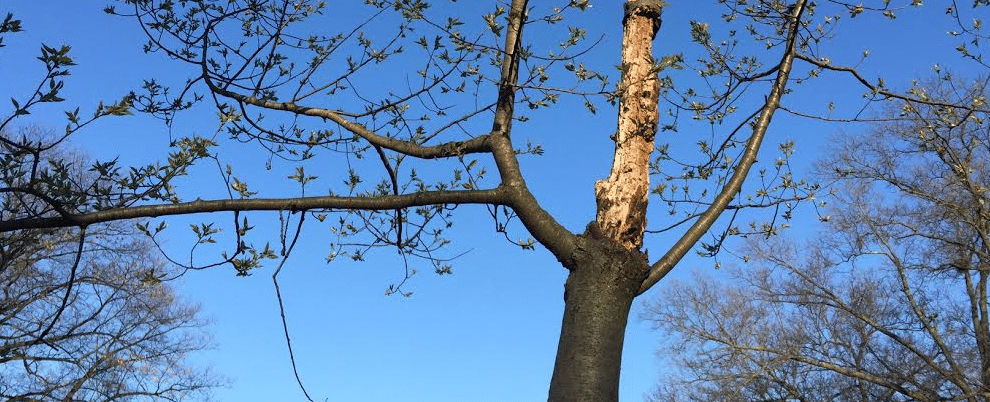Anytime you plant trees or shrubs in your outdoor landscape,  you’re making an investment and it’s important you protect this investment all year long, otherwise, you’ll be looking at extra costs for landscape maintenance that could have been prevented. There are multiple signs that will tell you the winter wasn’t nice to your plant life and lucky for you, there are solutions to make it so when warmer weather returns, you’ll plant life will be ready to thrive. Here’s what you would typically see from your plants that have been damaged in the winter and ways you can help prevent winter damage in the future.
you’re making an investment and it’s important you protect this investment all year long, otherwise, you’ll be looking at extra costs for landscape maintenance that could have been prevented. There are multiple signs that will tell you the winter wasn’t nice to your plant life and lucky for you, there are solutions to make it so when warmer weather returns, you’ll plant life will be ready to thrive. Here’s what you would typically see from your plants that have been damaged in the winter and ways you can help prevent winter damage in the future.
Winter Burn and Sunscald
If you noticed that the foliage and stems have dried out and have become a brownish color, these are signs of winter burn. If you have evergreens in your landscape, these are the plants that will show the earliest signs of winter burn. You will see the needles and leaves turn a golden brown. The winter sun, the wind, and cold will turn leaves from other trees and shrubs to appear bleached and have an overall yellowish color. You may also notice what is called sunscald, which is when the bark of your trees get sudden exposure to the sun. The change in temperatures will cause the bark to darken and turn a brown or reddish color, and a small sunken area will appear on the trunks of your trees. Learn more about Neave Landscape Management’s tree services.
Salt Damage
The salt used to de-ice your driveway and sidewalks can also damage your trees and shrubs by drying them out. The salt draws away water that the plants need to grow and the leaves will appear scorched and brown. Salt from salt trucks will also cause the trees and shrubs that face the road appear burned and brown as well if exposed.
Animal Damage
Your trees and shrubs act like a gourmet meal for rodents such as mice and rabbits. The winter months mean food can be scarce so these animals will feed off the twigs, branches, and bark of your plant life.
Root Injury
The roots of your trees and shrubs can be killed or injured with temperatures below 15˚F. Plants with frozen roots will wilt and slowly die when it’s time to grow in the spring.
Deep Root Fertilization is the answer!
If you want the best way to help recover your plant life, nothing works better than deep root fertilization. How it works is a fertilizer and other beneficial vitamins are injected deep into the soil where the roots lie, compared just spraying fertilizer on the surface of your plant life. This lets your trees and shrubs absorb the nutrients, water, and oxygen needed to encourage strong root growth and helps loosen the soil for more room for the roots to move. The end result is that your plant life has what it needs to recover and thrive and you don’t have to stress about seeing brown leaves, broken branches, damaged bark, and dead trees and plants every spring. If you want to provide your landscape with the year-long benefits deep root fertilization provides, the experts at Neave Landscaping specialize in deep root fertilization and one of our landscape professionals will come to your property and help you get started for the ultimate tree and shrub winter protection plan.
Need a helping hand? Trust Neave Landscape Management to help protect your landscape.
At Neave Landscape Management, we don’t want you to spend hours outside in the cold trying to clean up and protect your plant life. That’s why we offer the best winterizing services in all of New York and Connecticut so your lush landscape remains in perfect shape every spring and summer season and you can spend the winters staying warm and stress-free. If you see signs of winter damage to your trees and shrubs, contact us for an evaluation to determine the best solution, and find out more about spring yard clean up services.
If you’re in the Hudson Valley, call us at (845) 463-0592. If you’re in Westchester County, call (914) 271-7996; from New Jersey, dial (201) 591-4570; from Connecticut, dial (203) 212-4800. Or, fill out our simple web form, and we’ll contact you about setting up your free consultation.